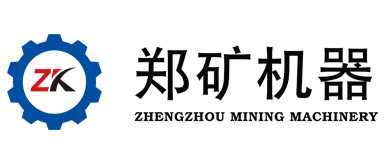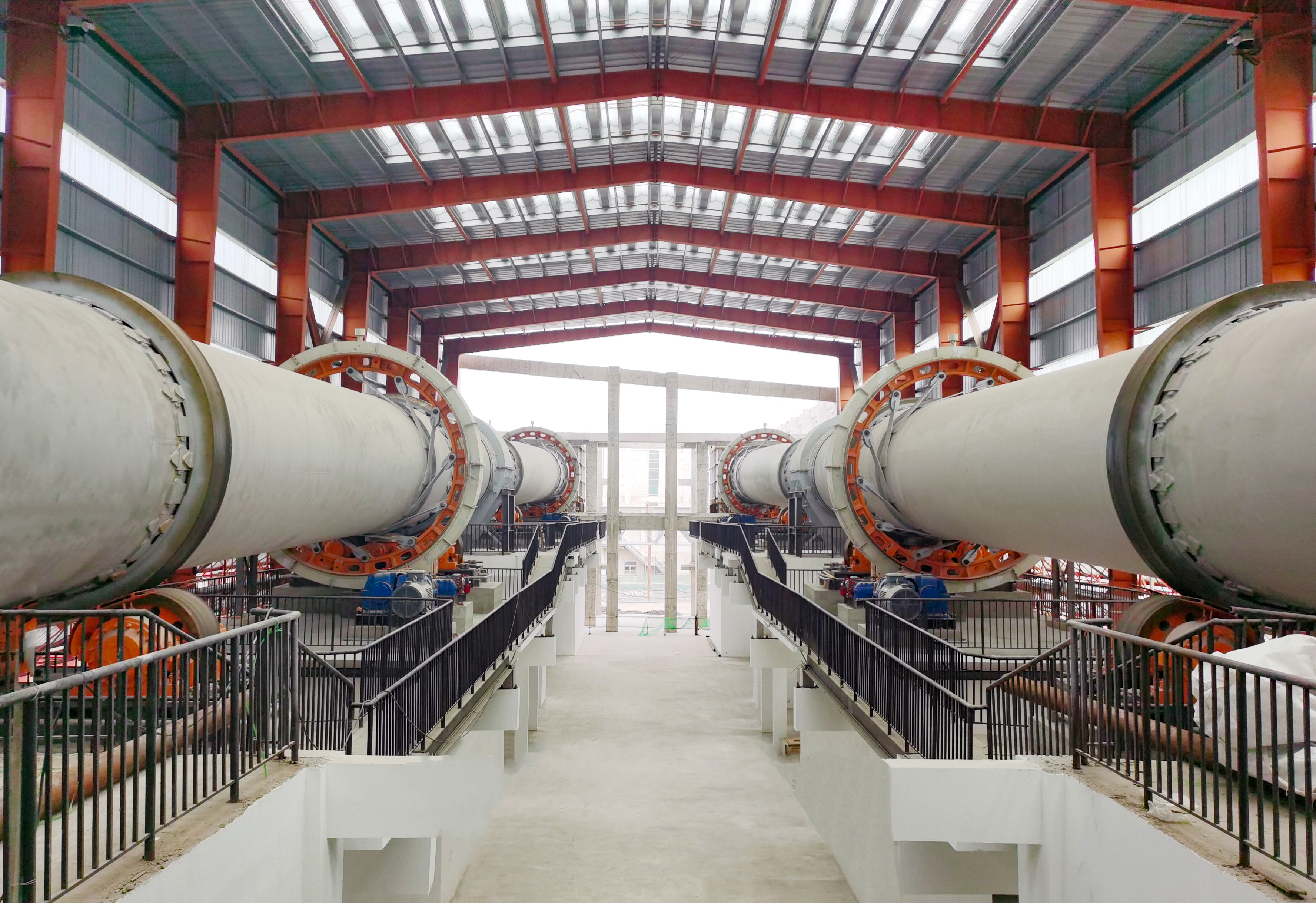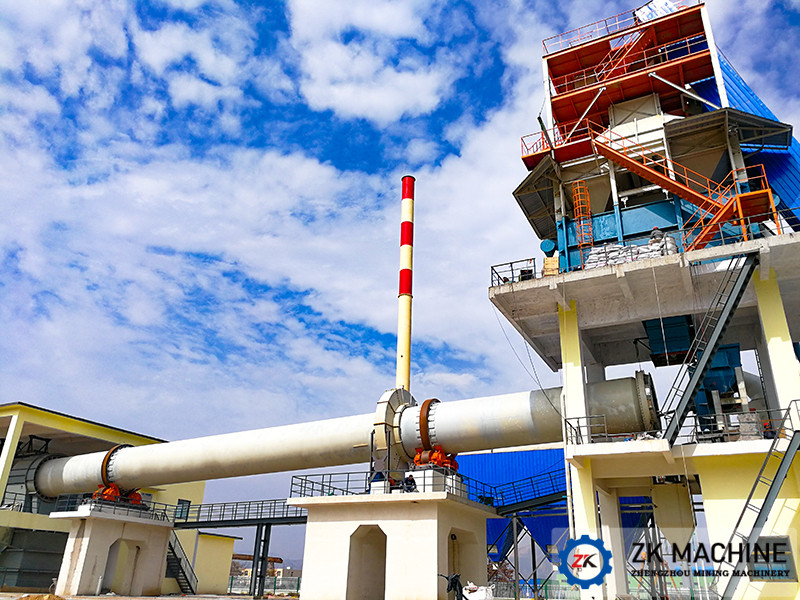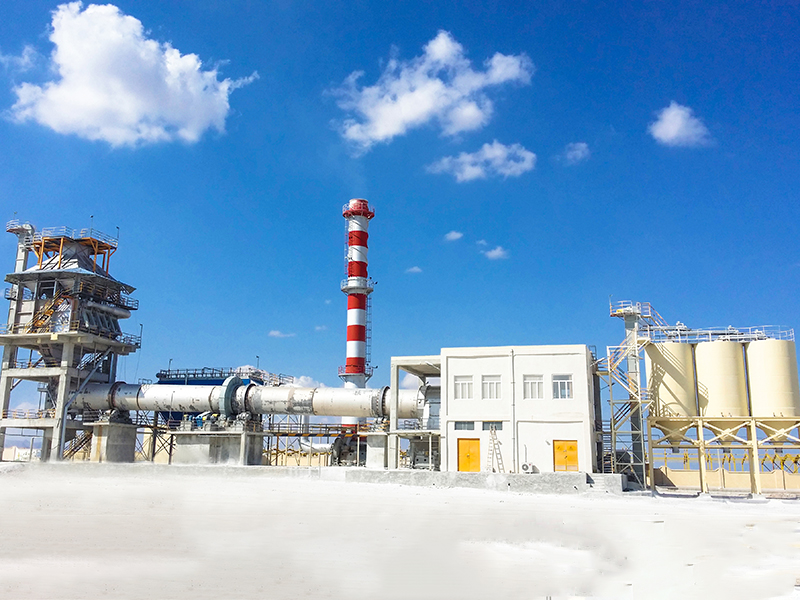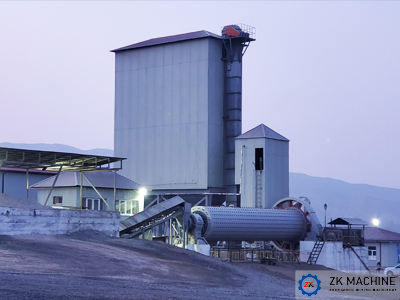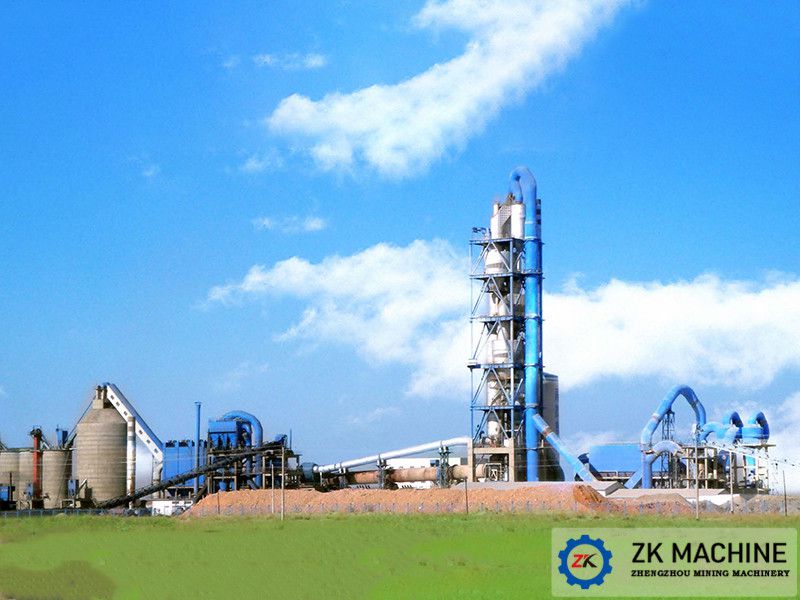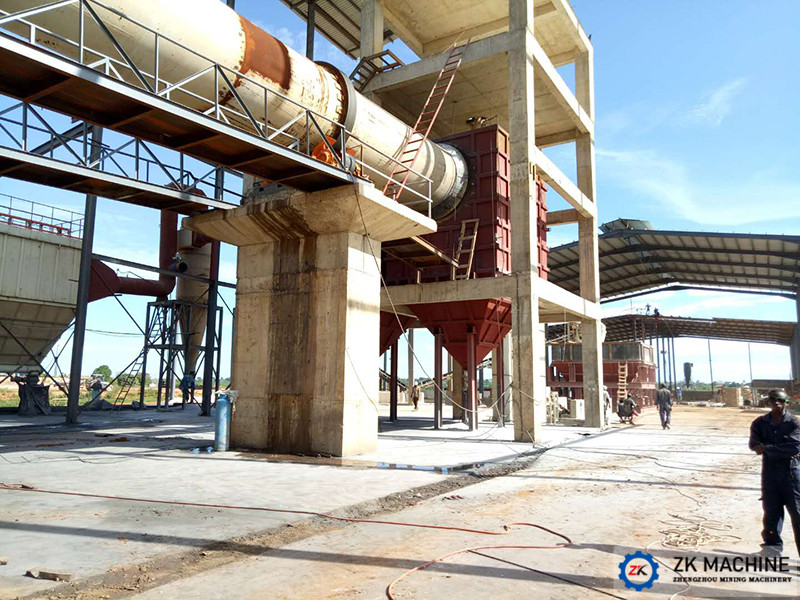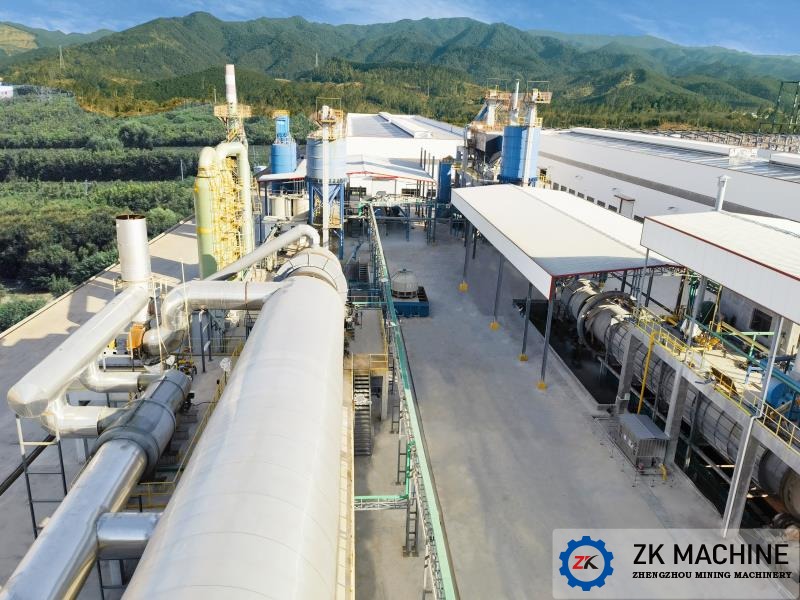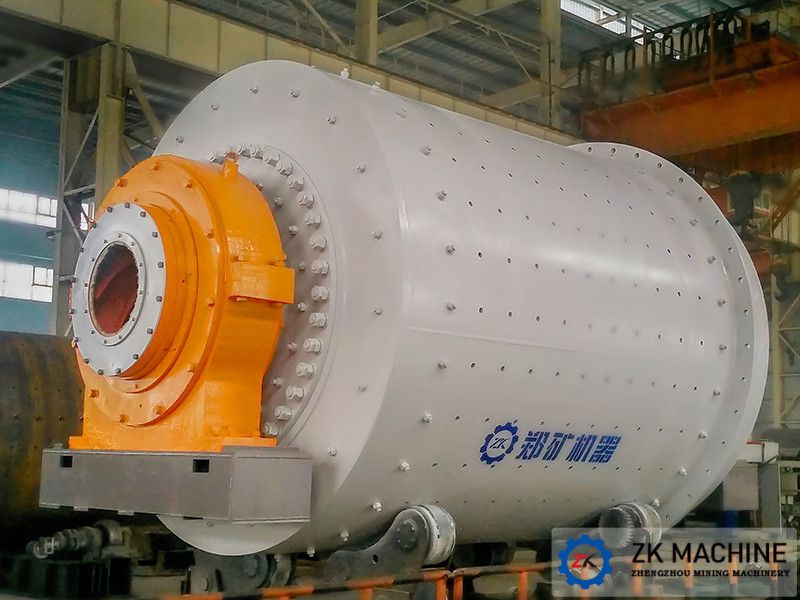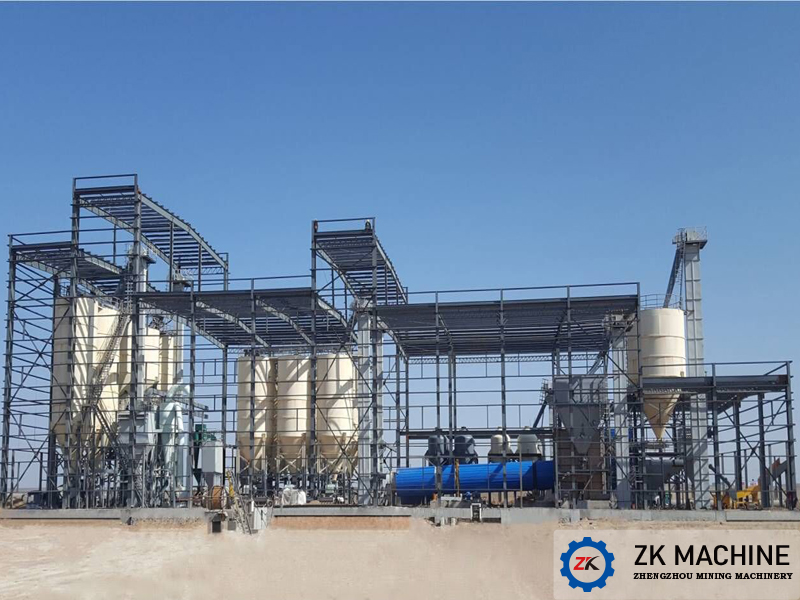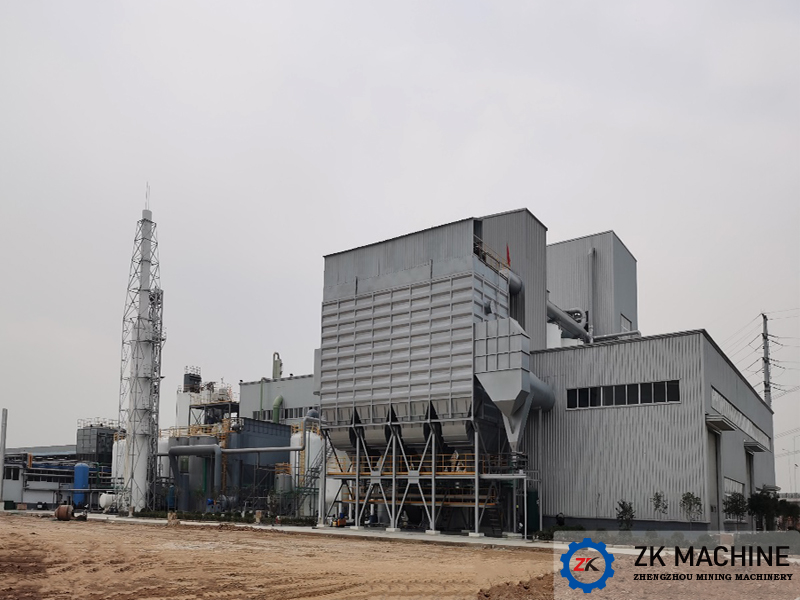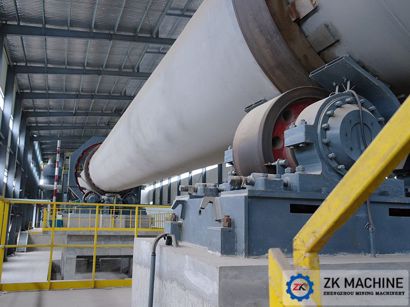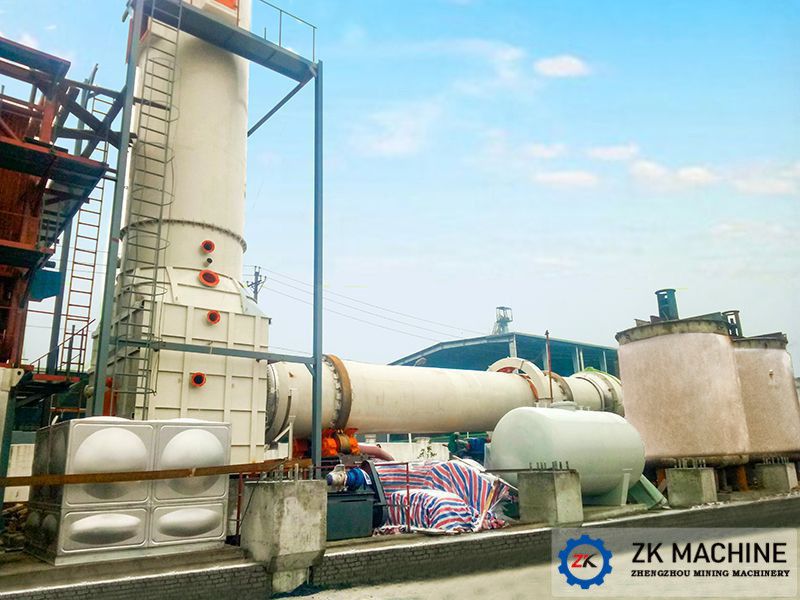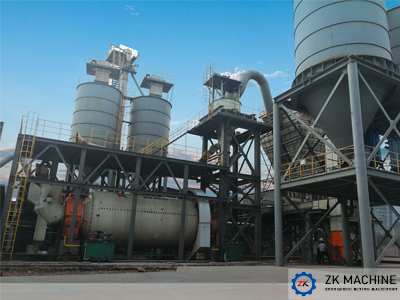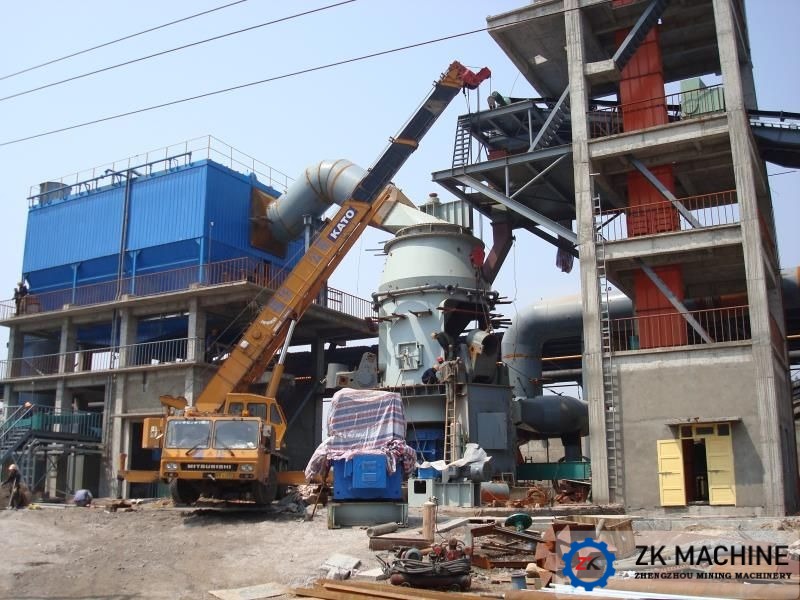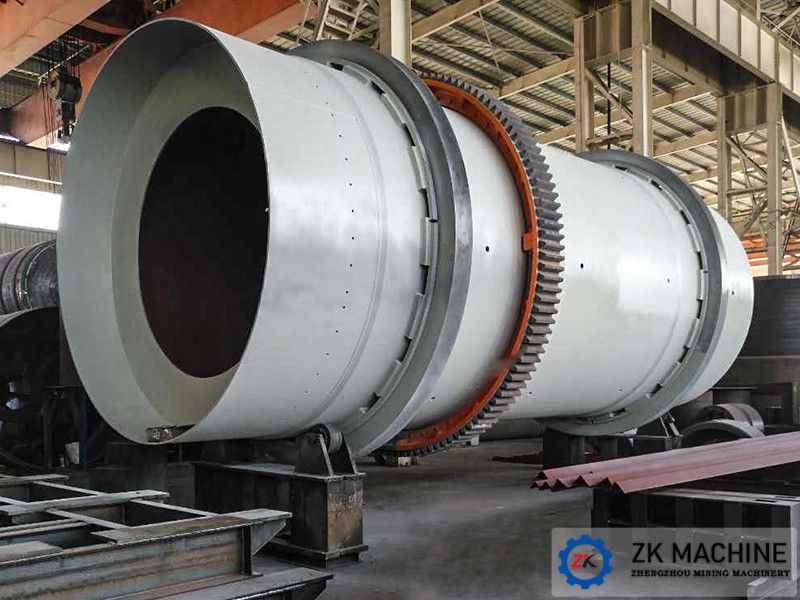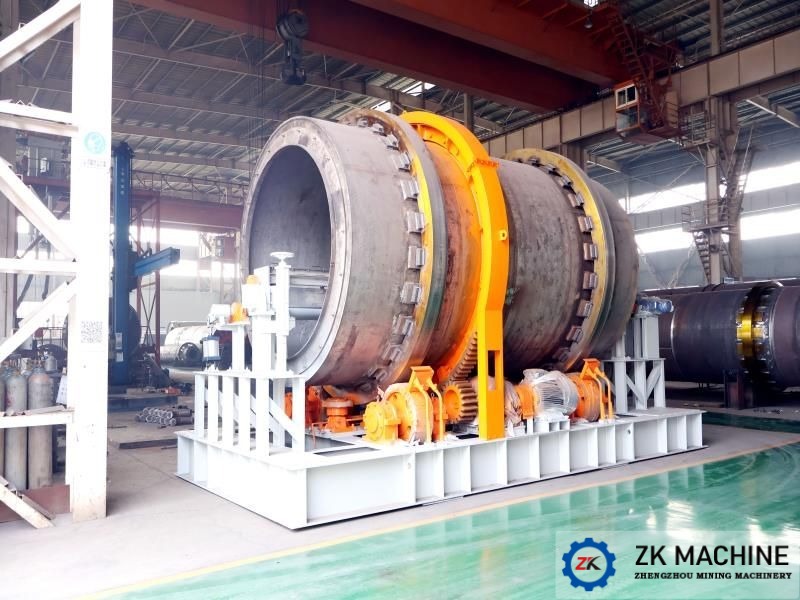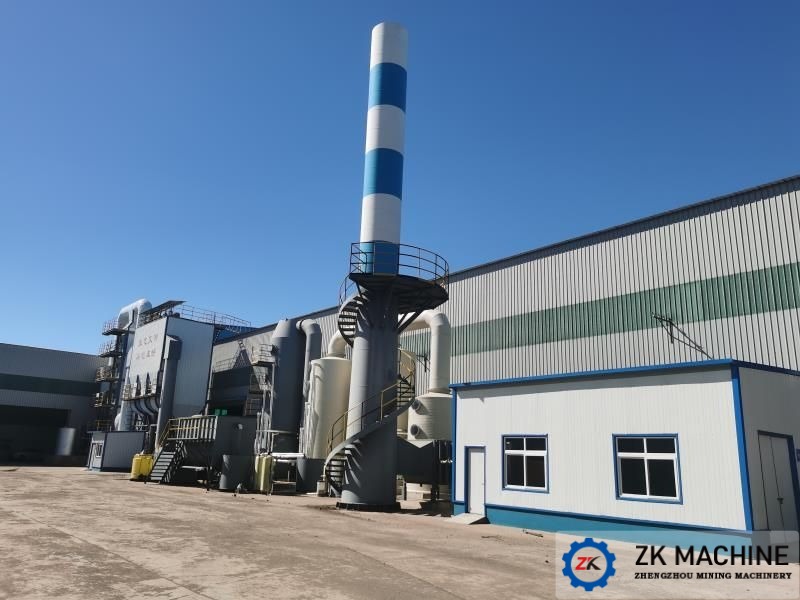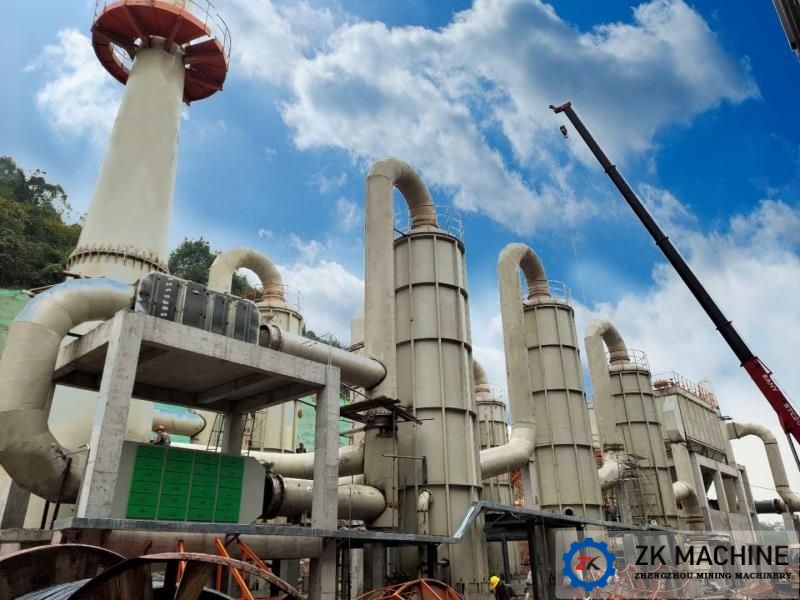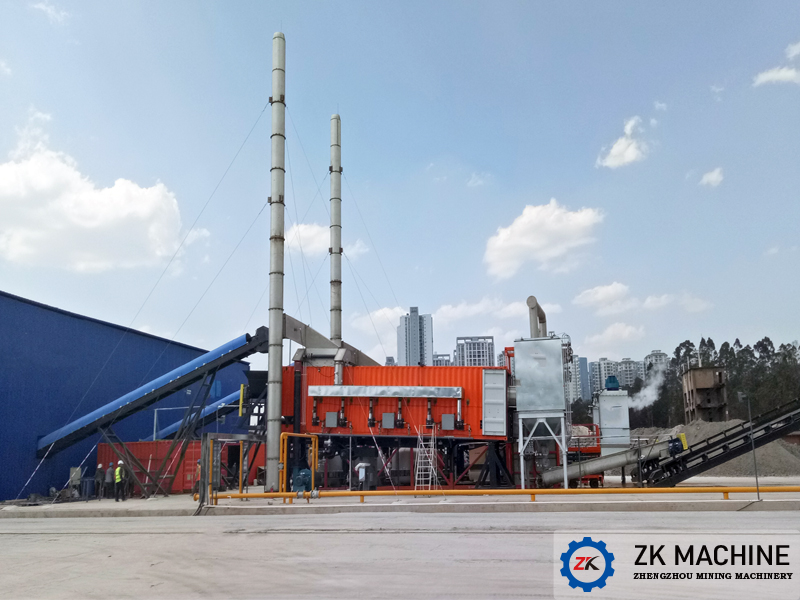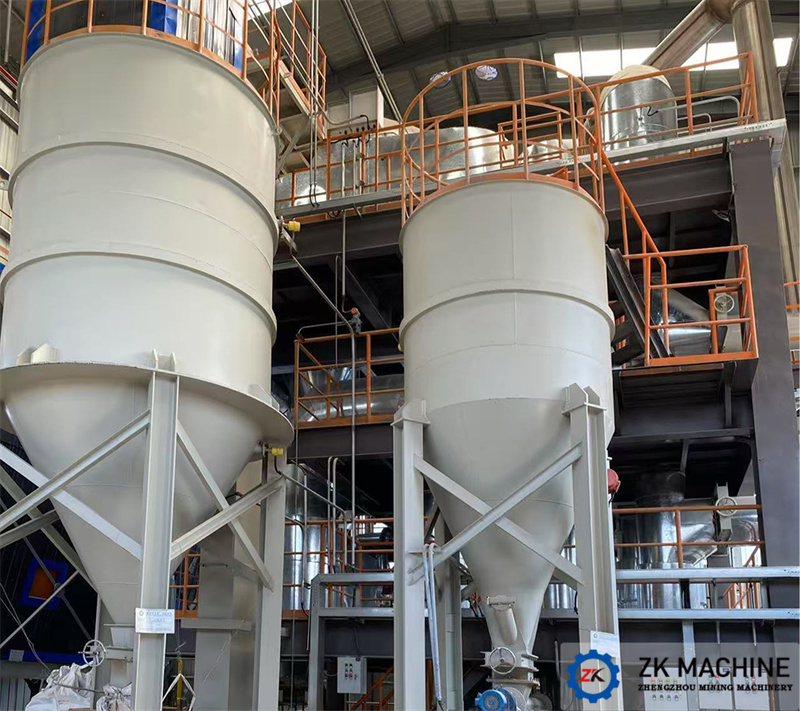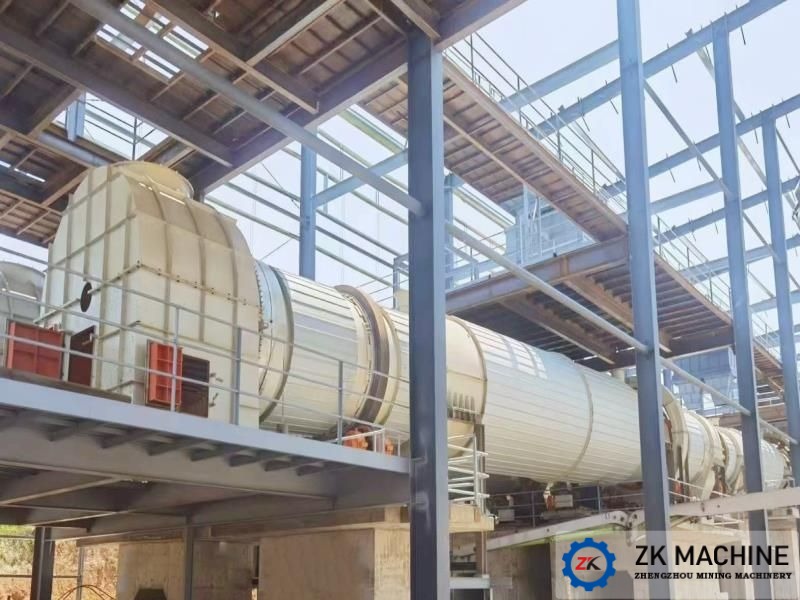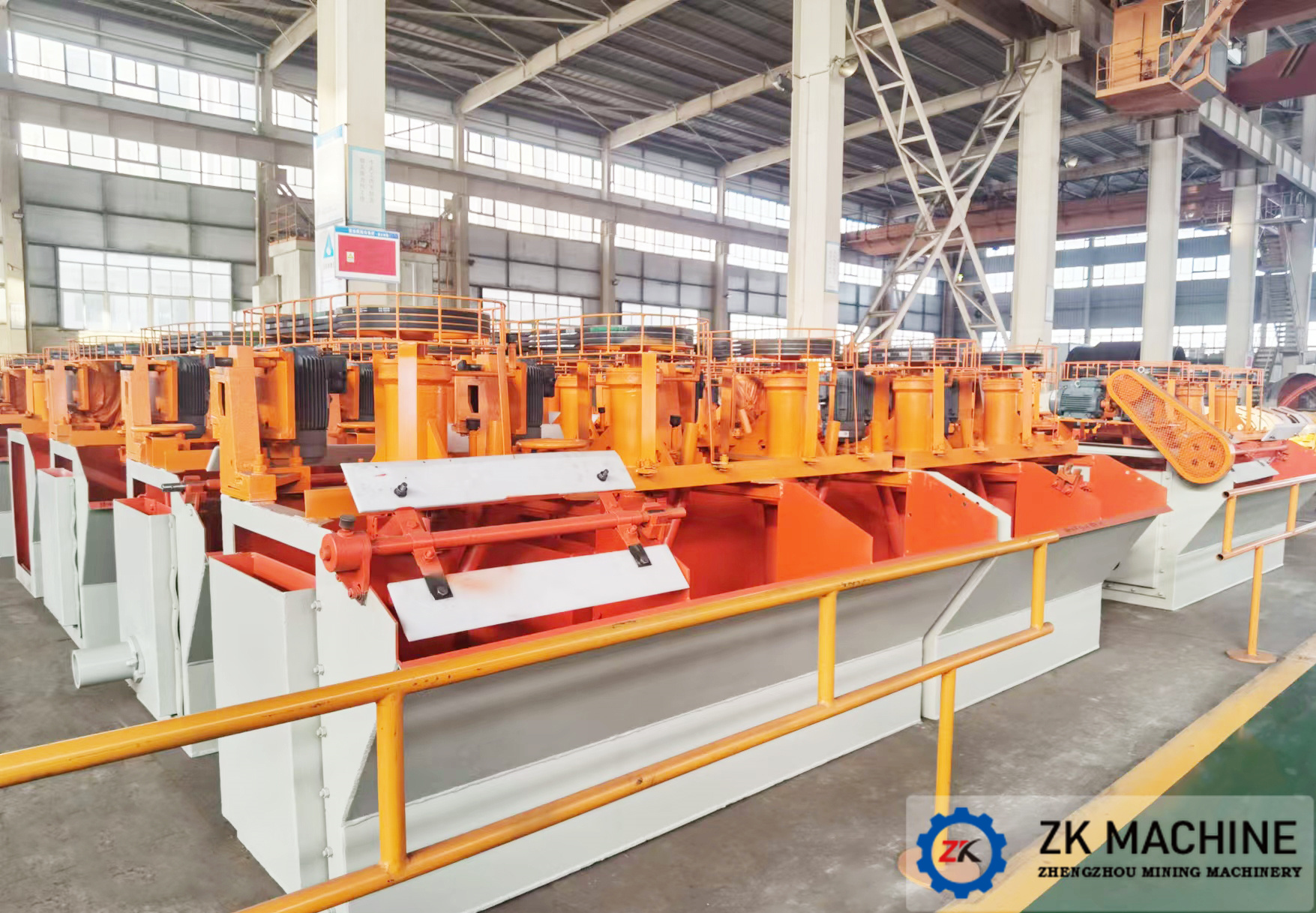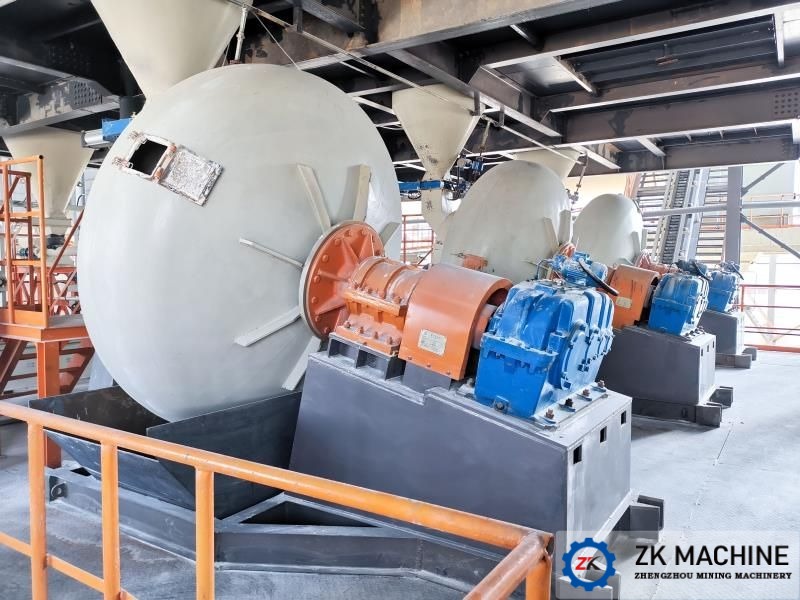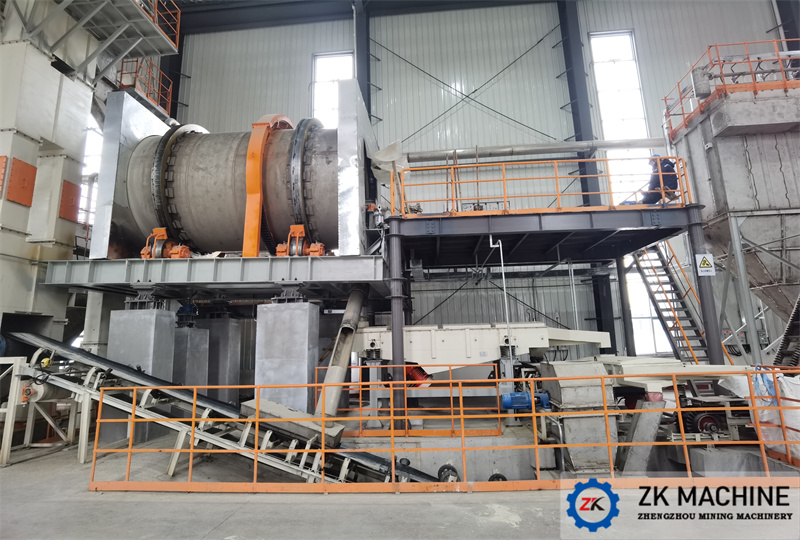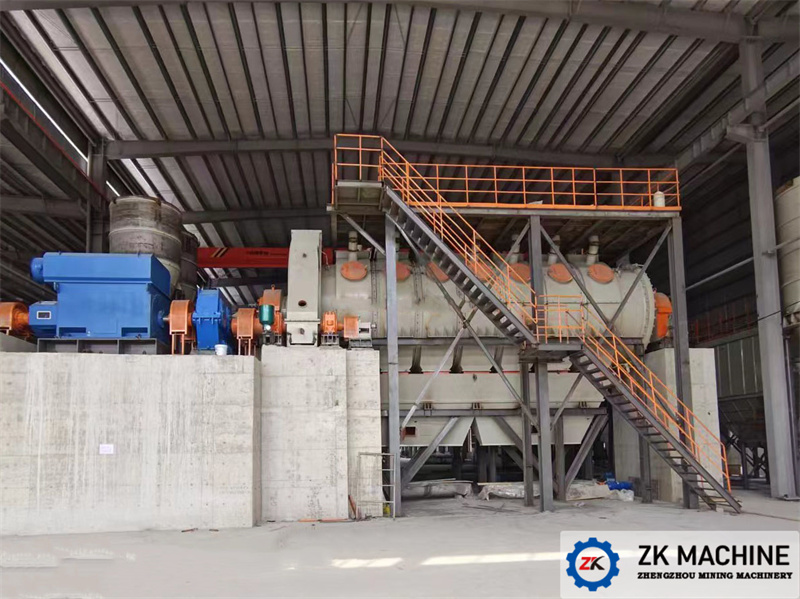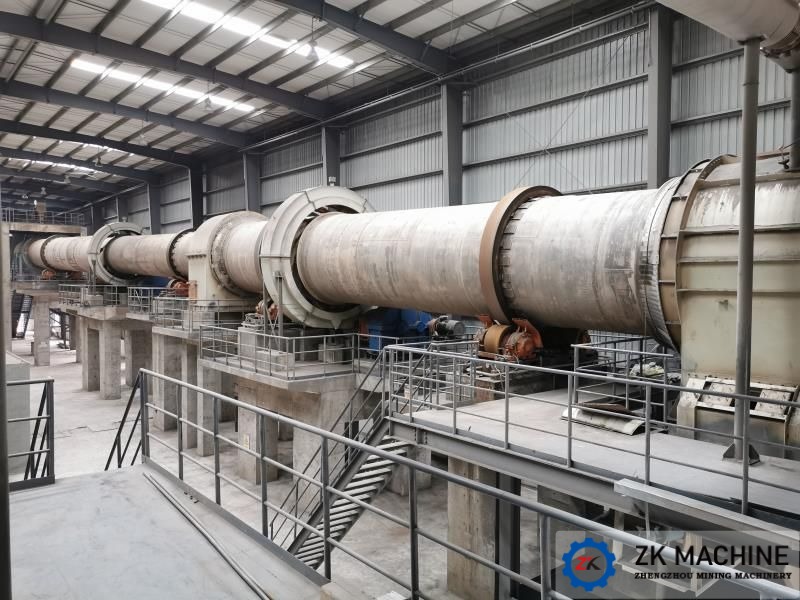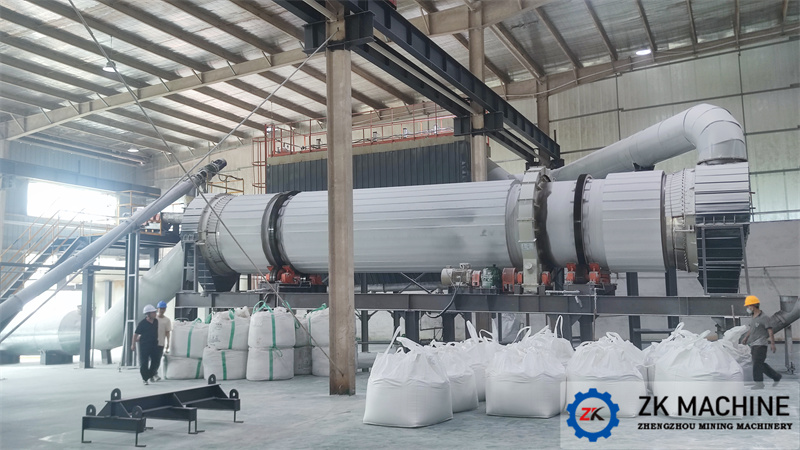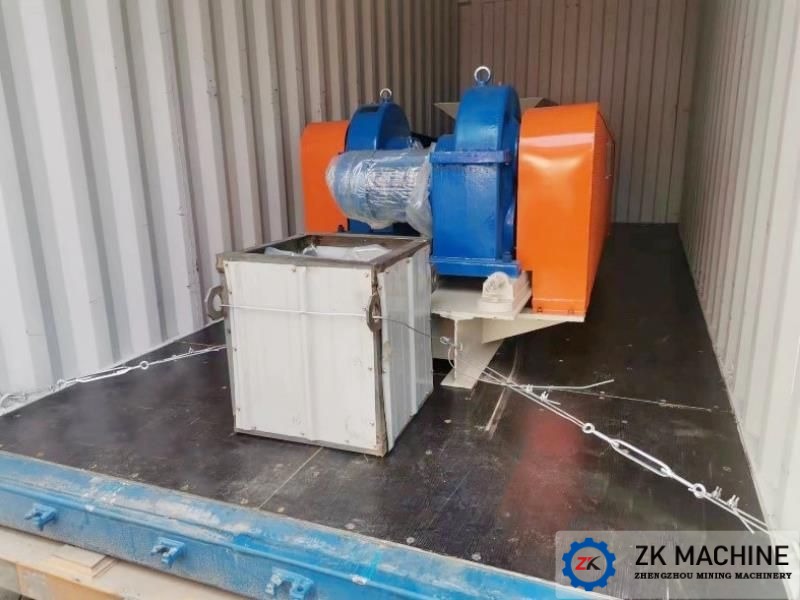"Sludge Ceramsite" Industry Standard Completed Public Notice
Congratulations to the Ministry of Industry and Information Technology of the People's Republic of China on the construction of building materials industry standard JC/T2621-2021 "Sludge Ceramsite" on August 20, 2021 for completing the public approval. Under the leadership of the National Building Materials Industry Technology Supervision and Research Center, a team composed of relevant co-editors from many domestic industry companies, colleges, departments, and research institutes has made continuous efforts to improve the draft of the "Sludge Ceramsite" standard. After several years of hard work, and withstood the extremely unfavorable impact of the new crown epidemic in early 2020 on everyone's lives and work, the preparation team has overcome many difficulties and finally completed the approval of the draft standard in June 2021. The Ministry of Industry and Information Technology of the People's Republic of China formally issued the public notice of the standard for approval in July 2021, and officially completed the public notice for approval on August 20.
As a drafting unit of JC/T2621-2021 "Sludge Ceramsite", Henan Zheng Mining Machinery Co., Ltd. participated in the drafting of the standard. All employees of the company extend their warm congratulations and heartfelt welcome to the completion of the standard publicity. With the official release of the national industry standard JC/T2621-2021 "Sludge Ceramsite", the ceramsite industry will be harmless to various solid wastes such as urban domestic sludge, lake and river sludge, and general industrial sludge. , Regarding resource utilization, play a standardized operation and promote the development of sludge resource utilization.
What is urban sludge?
Municipal sludge is the sedimentary material produced in the process of sewage treatment in urban sewage treatment plants. The sludge has a wide range of sources. In the process of industrial wastewater and domestic sewage treatment, a large amount of solid suspended matter will be produced. These substances are collectively referred to as sludge. After the sewage is treated, 0.5% to 1% of its volume will be converted into solid aggregates and settle down, which includes solid particles such as sediment, fibers, animal and plant residues mixed in the domestic sewage and the condensed flocs, A comprehensive solid substance composed of various colloids, organic matter, and adsorbed metal elements, germs, insect eggs and other substances. Sludge Sludge not only contains suspended matter intercepted in natural sedimentation, but also suspended matter converted from original dissolved matter after treatment of wastewater; in the municipal pipe network, sludge is also collected in the drainage system; There are silt from rivers and lakes; there are also mixtures of solids, water, oil, chemical pollutants, and organic matter from various industrial production.
Characteristics of sludge:
1. The water content is high, often reaching 60-80%
2. High volatile matter and strong odor
3. Often contain pathogenic bacteria, heavy metals and other pollutants
4. If the disposal is improper, it will greatly pollute the soil, groundwater and living environment
Current sludge disposal methods:
1. Landfill after disposal
Build an underground landfill and store the harmless and solidified sludge in it. However, the shortcomings are obvious. First, it occupies a lot of land resources; second, there is a high risk of leakage and pollution; third, the safety of the operation process is poor. Suitable as a transition or emergency means.
2. Make compost
Use sludge as fertilizer or soil improvement material for farmland, landscaping, etc. The disadvantage is that pathogens and heavy metals in the sludge are very easy to pollute the soil and enter the food chain. The risk of environmental pollution is very high. The absorption capacity is also limited.
3. Incineration
Self-built incinerator for independent incineration or use of power plant boilers for coordinated incineration treatment can realize the harmless disposal of sludge. The disadvantage is that the investment is relatively large and the cost is relatively high. At the same time, the sludge cannot be completely digested, and more than 10% of the ash remains for further disposal. Especially the fly ash produced by the independent incineration process, which contains dioxins and heavy metals, is classified as hazardous waste. If it is not properly disposed of, it will cause a lot of secondary pollution.
4. Co-processing and comprehensive utilization in the production of building materials
Ceramsite plants and cement plants add sludge to the production process to dispose and use the sludge. This production process ensures that the sludge is completely harmless and digested, and the resource utilization is achieved, and no ash is generated. National policies increasingly encourage the co-processing and resource utilization of sludge to produce building materials.
Relevant policies and documents encouraging sludge disposal:
"Notice on Strengthening the Prevention and Control of Sludge Pollution in Urban Sewage Treatment Plants" The Ministry of Environmental Protection issued Document No. [2010] No. 157 on November 26, 2010
"Sludge treatment and disposal should follow the principles of reduction, stabilization, and harmlessness."
"It is necessary to adapt measures to local conditions, promote the use of landfill, incineration, comprehensive utilization of building materials, and co-disposal of existing industrial kilns (such as power plant boilers, cement and ceramsite kilns, etc.) to increase the rate of harmless sludge disposal."
"Opinions of the State Council on Strengthening Key Environmental Protection Work" Guofa [2011] No. 35
Implement policy support such as giving priority to the Internet for renewable energy power generation, waste heat power generation and waste incineration power generation. Differentiated electricity prices will be implemented for industries with high energy consumption and high pollution, and preferential policies will be implemented for encouraged enterprises such as sewage treatment, sludge harmless treatment facilities, non-electric power industry desulfurization and denitrification, and garbage treatment facilities. In accordance with the requirements for the harmless disposal of sludge, garbage and medical waste, improve the charging standards and promote the reform of collection methods. Promote the emission permit system, carry out pilot projects for paid use and trading of emission rights, establish a national emission rights trading center, and develop emission rights trading markets. "
Status of sludge and disposal:
The amount of urban sludge produced in my country is increasing rapidly with the expansion of the scale of sewage treatment. The current sludge disposal method is unreasonable and is transitioning to a better stage. The existing harmless sludge disposal facilities cannot meet current and future needs. According to the principle of “harmlessness, reduction and resource utilization” in sludge treatment and disposal, incineration + comprehensive utilization and disposal of sludge (cement, ceramsite production) is an extremely reasonable, effective, and economical treatment for sludge disposal.
There is a certain amount of heavy metals in the sludge, and the sludge testing of the sewage treatment plant has exceeded the sludge agricultural standards to varying degrees. Heavy metals cannot be eliminated, they can only migrate and transform their existing forms. The ceramsite production co-processing sludge, in which heavy metal oxides can be solidified into the silicate phase component of the ceramsite material, which is not easy to dissolve. As a building material, the main consideration is the dissolution characteristics of heavy metals, rather than the total content of heavy metals. The content is high, but the dissolution amount is very small after not dissolving under certain conditions, and it conforms to the national industry standard for heavy metal dissolution control, which is relatively safe.
After decades of exploration and engineering case construction, Henan Zhengzhou Mining Machinery Co., Ltd. has mature solutions and case practices for making ceramsite from municipal sludge. It can help investors build a complete set of sludge ceramsite production lines. People from all walks of life are welcome to our factory for study and exchange.
